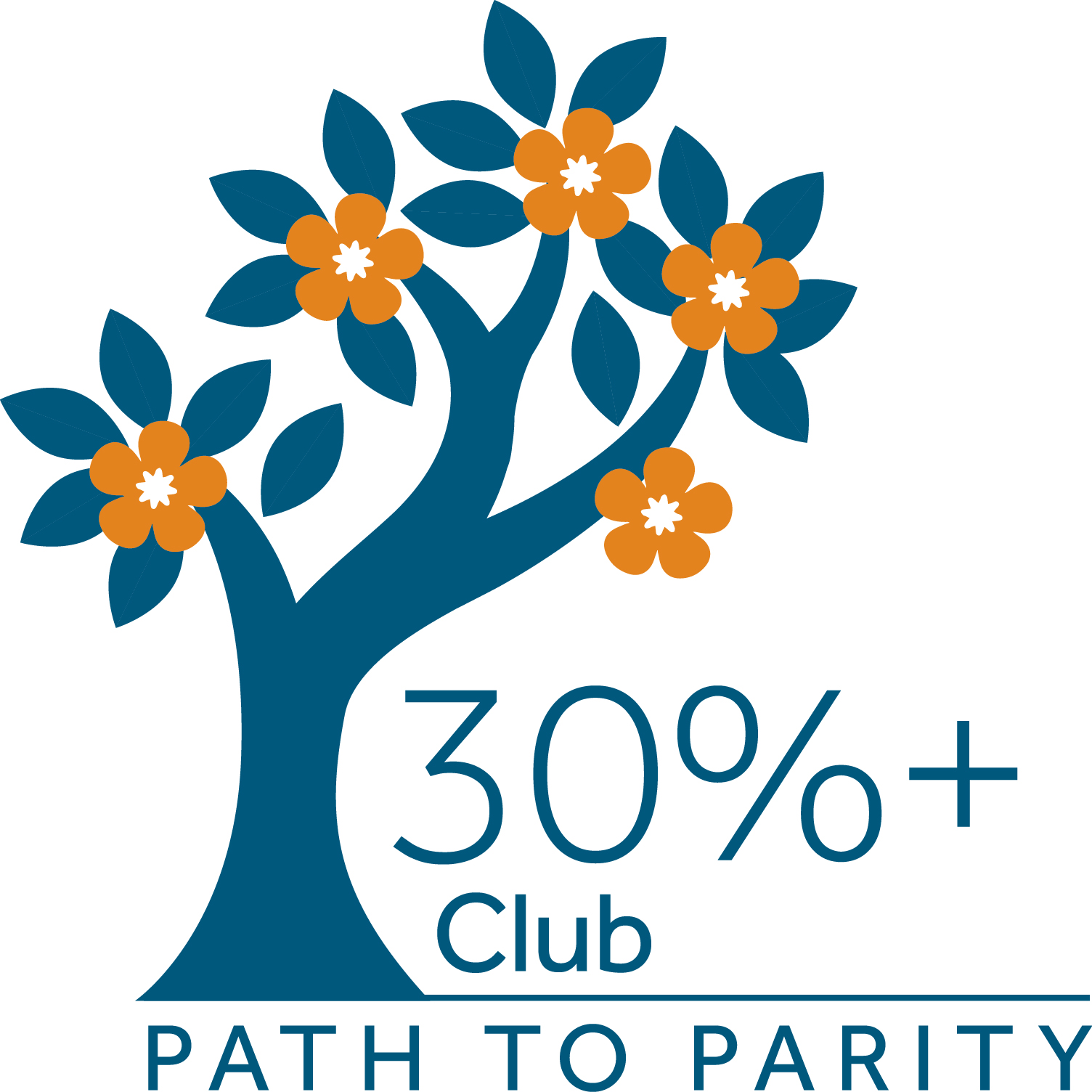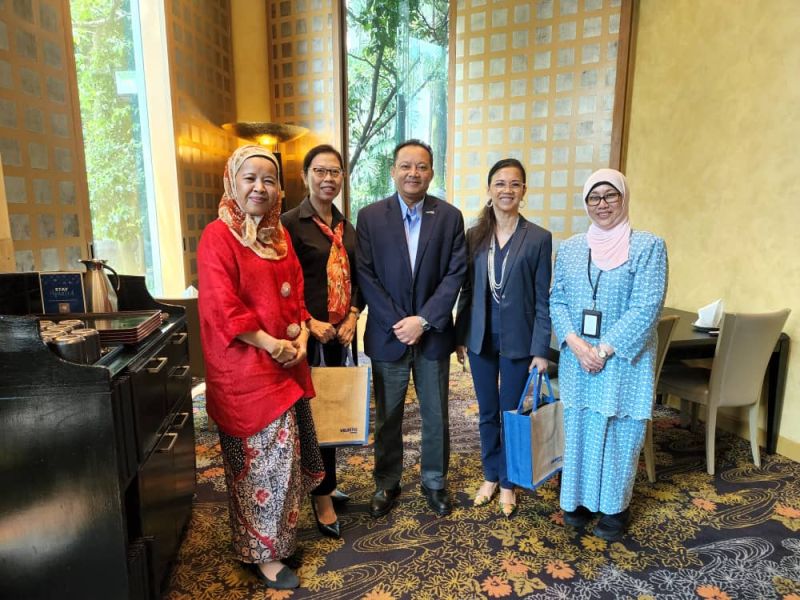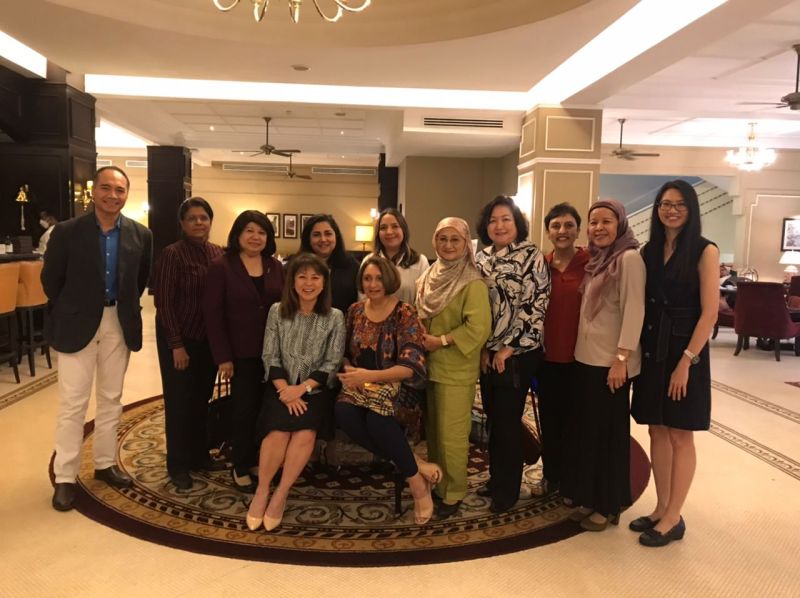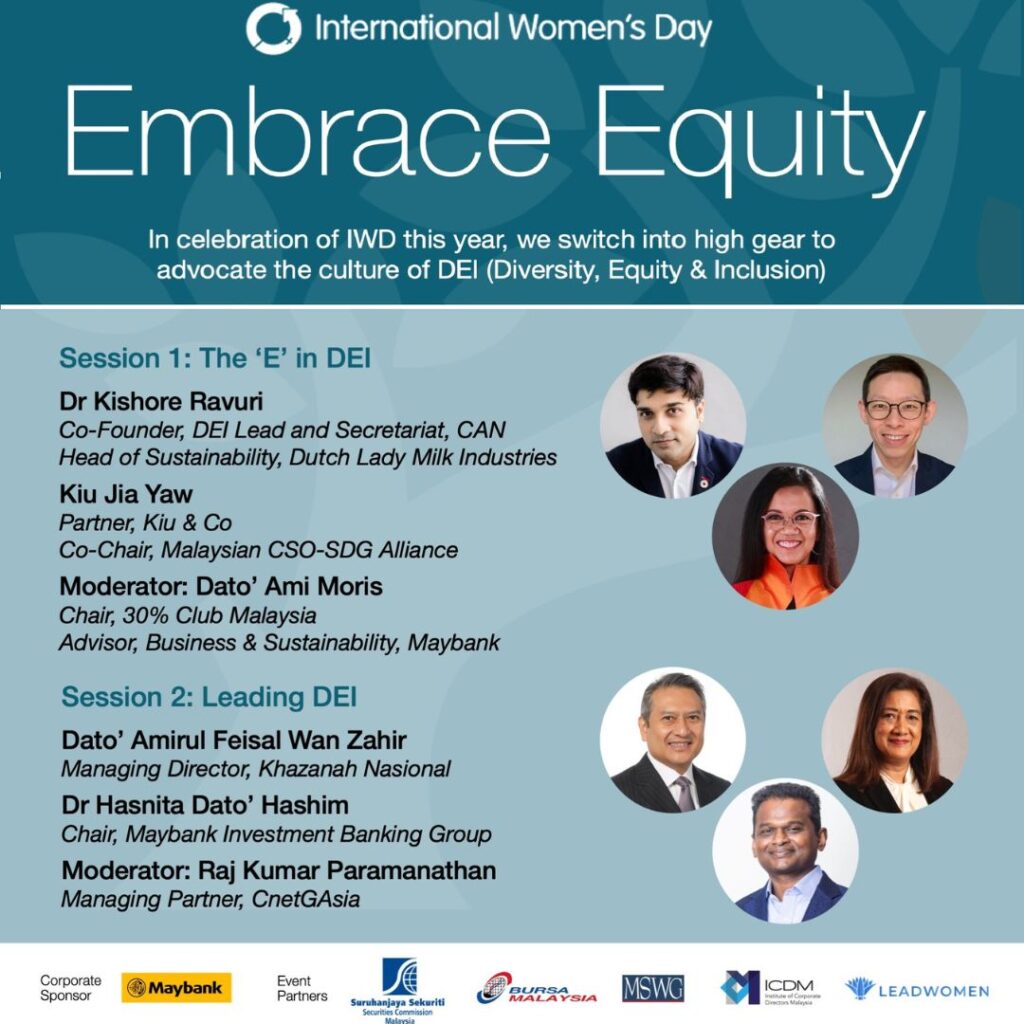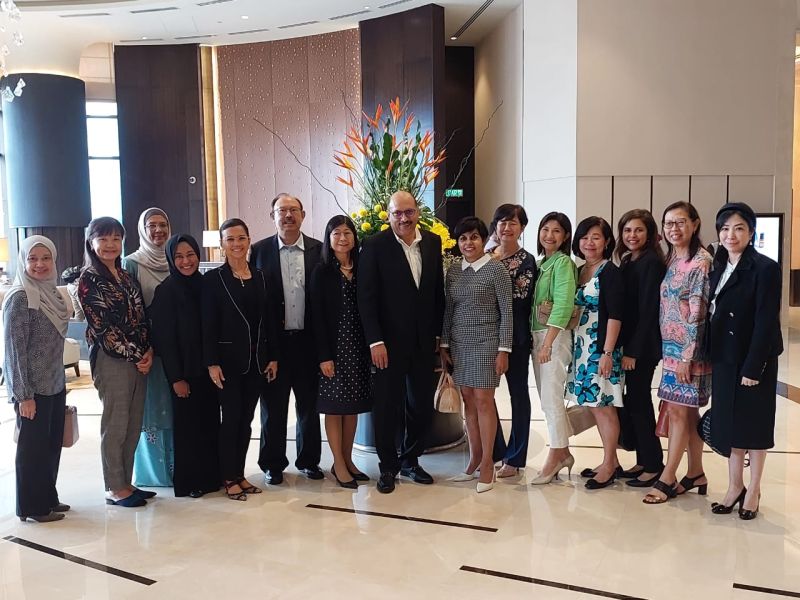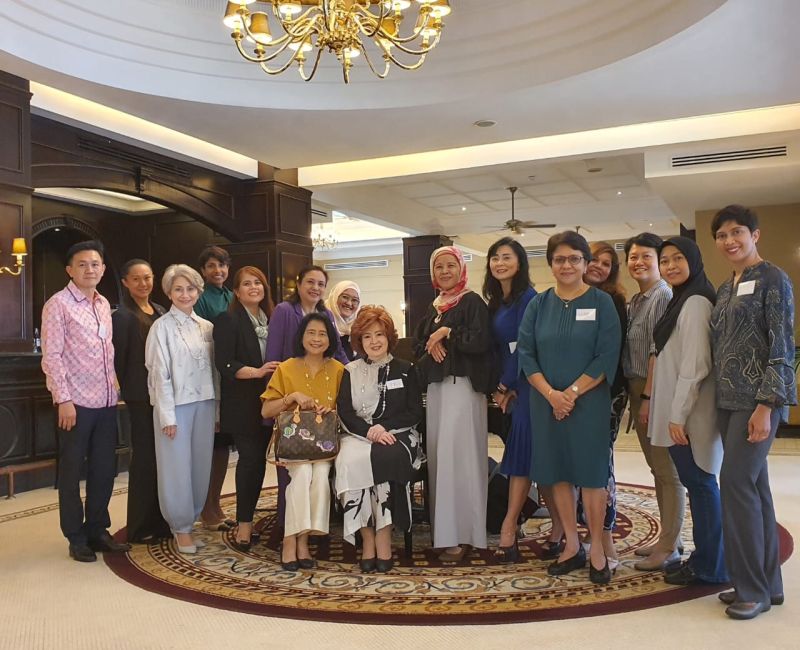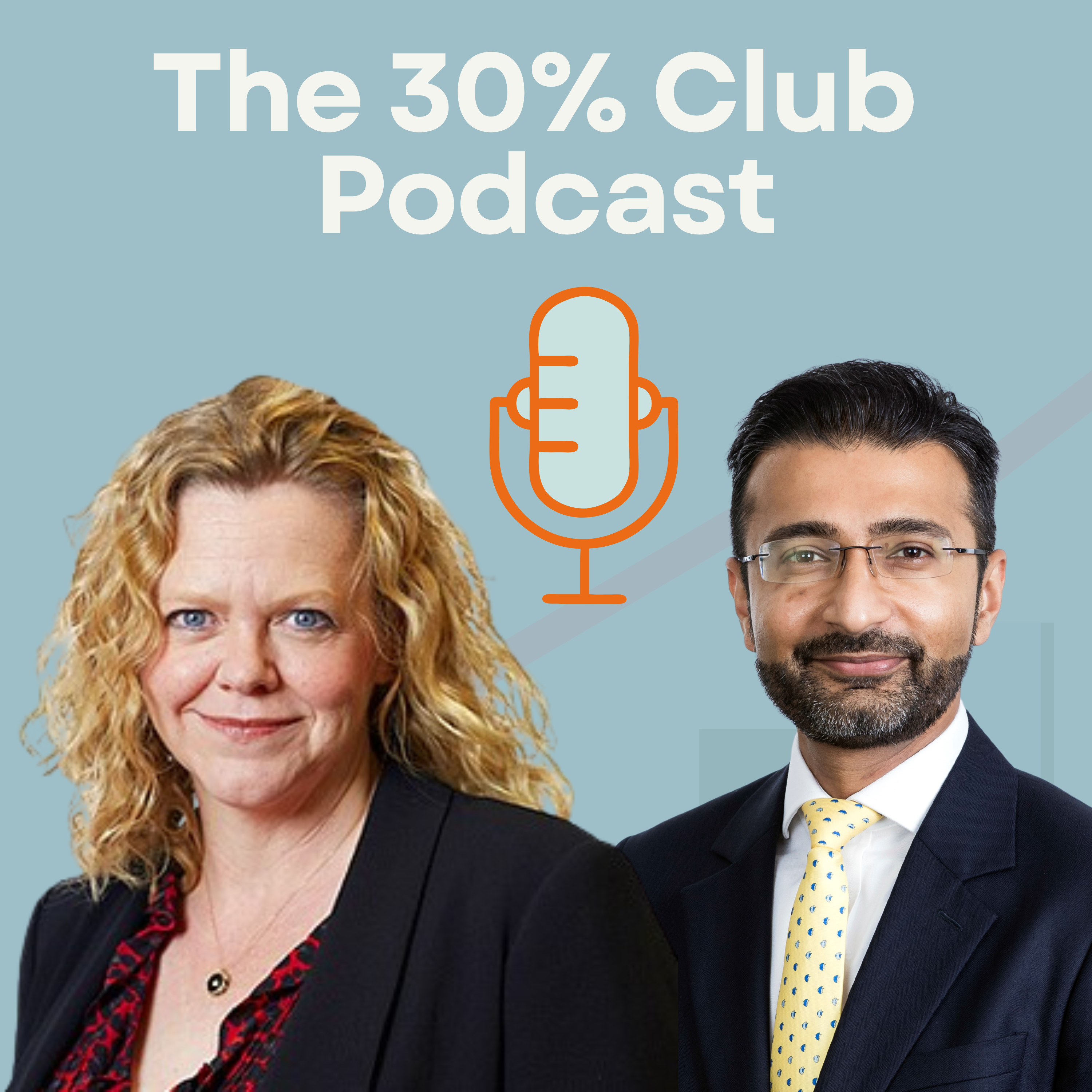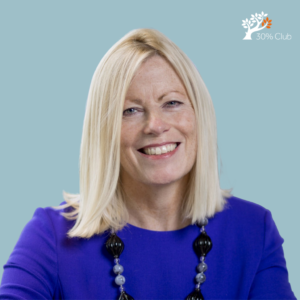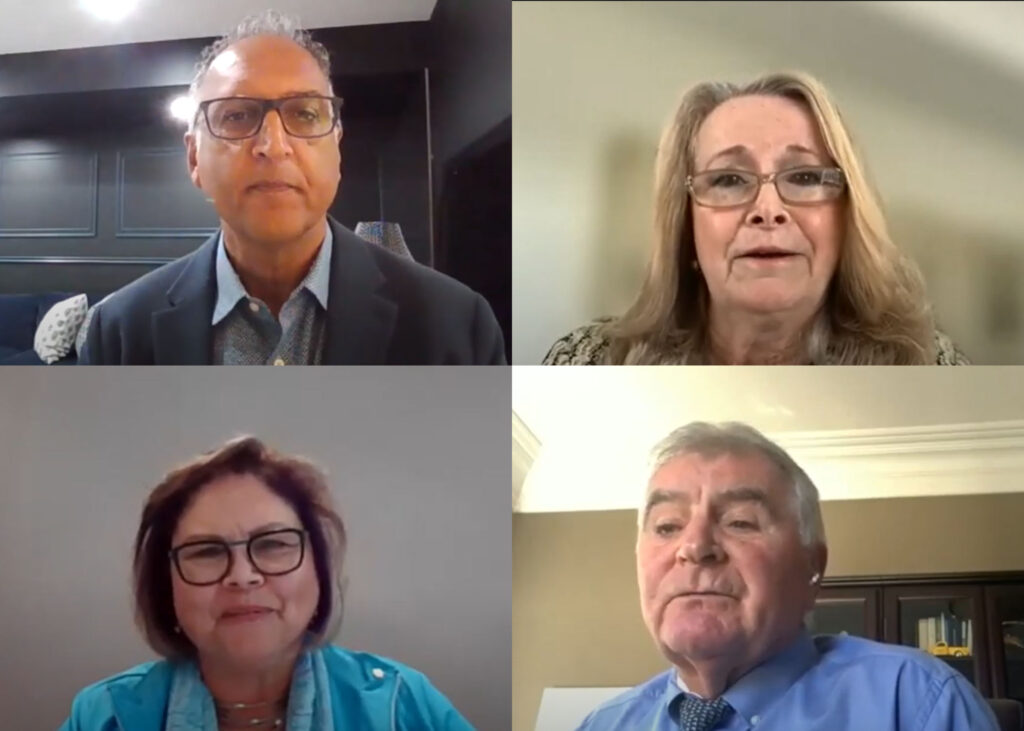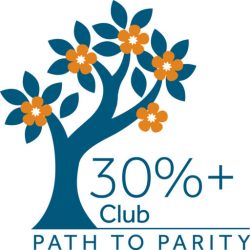Recently Velesto Energy Berhad had an engaging session with the 30% Club Malaysia.
Its President, Megat Zariman Abdul Rahim, an advocate of the 30% Club Malaysia, strongly advocates for diversity, equity, and inclusion (DEI) and has actively contributed to a diverse range of 30% Club Malaysia initiatives.
“These endeavors highlight our unwavering commitment to promoting greater participation of women in senior positions within Corporate Malaysia and the oil and gas sector,” he said.
He added that this invaluable visit has further solidified its dedication to championing gender diversity and empowering women leaders. By collaborating closely with the 30% Club Malaysia and aligning its efforts, the company firmly believes that it can drive meaningful change and cultivate a more inclusive and diverse business environment.
